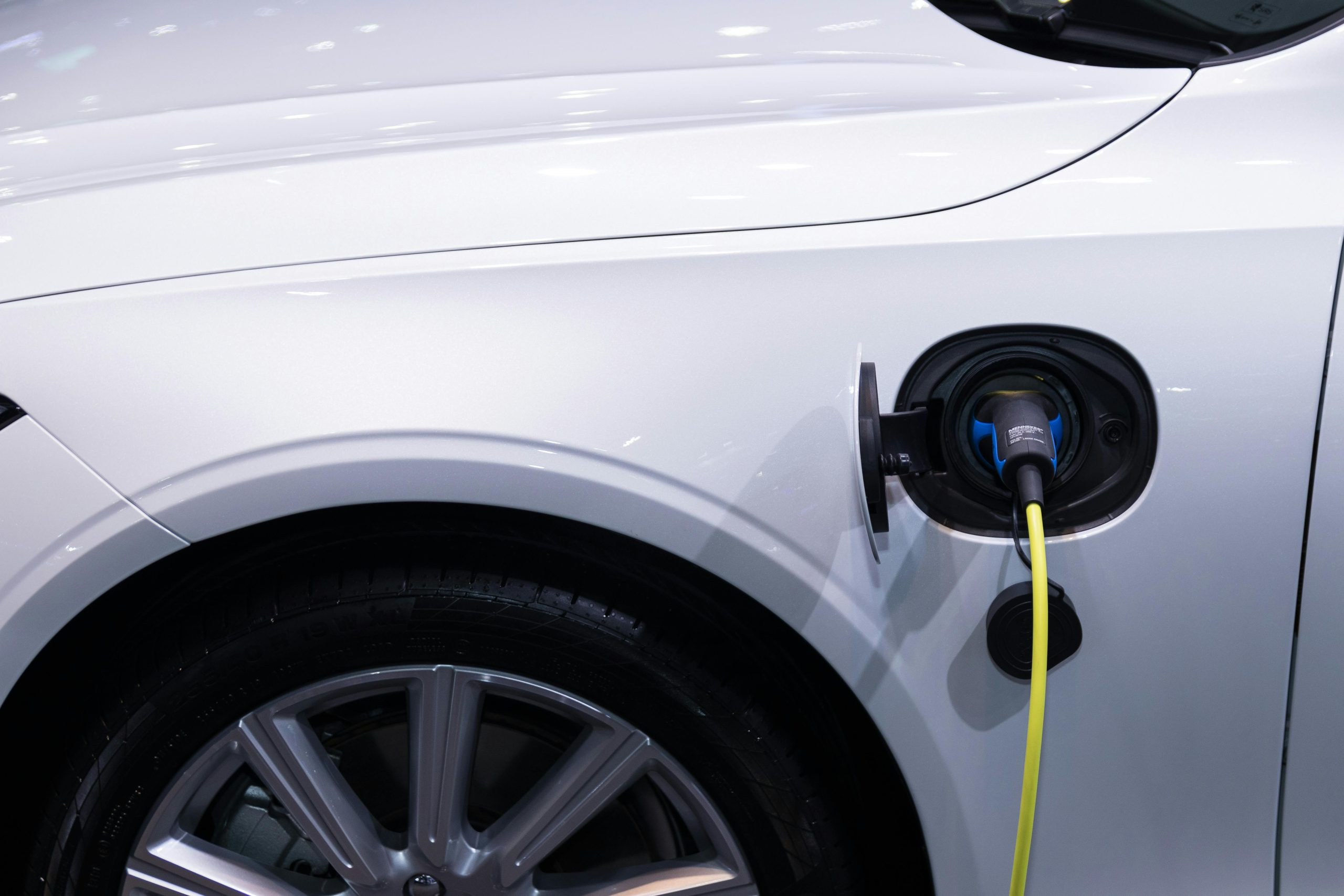Sustainable Vehicle Design for Extreme Planetary Conditions
The exploration of extreme planetary conditions has always been a fascination for mankind. From the harsh, freezing temperatures of Mars to the scorching heat of Venus, these distant planets challenge our understanding of sustainable living. As we venture further into space, it is crucial to develop sustainable vehicle designs that can withstand these extreme conditions. In this article, we will explore the concept of sustainable vehicle design for extreme planetary conditions and how it can lead to a more sustainable future in space.
Understanding Extreme Planetary Conditions
Before delving into sustainable vehicle design, it is essential to understand what we mean by extreme planetary conditions. Planets like Mars and Venus have vastly different environments compared to Earth, which is why our traditional vehicle designs do not work in these conditions.
Mars: The Red Planet
Mars, often referred to as the “Red Planet,” has a harsh, cold, and arid environment. The average temperature on Mars is a bone-chilling -80°F, with occasional dips to -225°F. The planet’s atmosphere is primarily composed of carbon dioxide, making it impossible for humans to breathe. Thus, we need specialized vehicle designs to sustain life on Mars.
Venus: The Hellish Planet
Venus, also known as the “Hellish Planet,” has a completely opposite environment compared to Mars. The average temperature on Venus is a scorching 864°F, enough to melt lead. Besides extreme heat, the planet’s atmosphere is 96% carbon dioxide, making it impossible to survive without specialized vehicles.
The Need for Sustainable Vehicle Design
The traditional vehicle designs we use on Earth are not suitable for extreme planetary conditions. They rely heavily on non-renewable resources, emit harmful gases, and cannot withstand the harsh environments of other planets. Therefore, developing sustainable vehicle designs is crucial for the success of future space explorations.
Adapting to Extreme Temperatures
One of the biggest challenges in designing sustainable vehicles for extreme planetary conditions is adapting to extreme temperatures. While traditional combustion engines cannot survive on Mars and Venus, electric vehicles face battery life and recharging issues. Thus, researchers are exploring alternative energy sources like nuclear power, which can provide sustained energy even in extreme conditions.
Reducing Dependence on Non-Renewable Resources
Sustainable vehicle designs must also reduce our dependence on non-renewable resources like fossil fuels. As we venture further into space, we cannot rely on traditional fuel sources. Researchers are exploring the use of biofuels and solar power to power vehicles in space, reducing our carbon footprint and making space travel more sustainable.
Innovative Approaches for Sustainable Vehicle Design
The challenges of sustainable vehicle design for extreme planetary conditions have led to innovative approaches and designs. From 3D printing to biomimicry, researchers are exploring different methods to create sustainable vehicles that can withstand harsh conditions on other planets.
3D Printing
3D printing has been a game-changer in sustainable vehicle design. It allows for the creation of complex designs quickly and efficiently, reducing material waste. This technology also enables us to produce spare parts and tools on-demand, making space travel more sustainable and cost-effective.
Biomimicry
Biomimicry is the practice of imitating nature’s design to solve complex problems. It has been instrumental in sustainable vehicle design, with researchers taking inspiration from animals like birds and insects to create lightweight and aerodynamic designs for spacecraft and rovers.
The Future of Sustainable Vehicle Design in Space
The development of sustainable vehicle design for extreme planetary conditions is a crucial step towards creating a sustainable future in space. As we continue to explore and colonize other planets, we must ensure that our vehicles are eco-friendly, energy-efficient, and can withstand the harsh conditions of space.
In conclusion, sustainable vehicle design is essential for the success of future space exploration. It involves adapting to extreme temperatures, reducing our dependence on non-renewable resources, and using innovative approaches and designs. By developing sustainable vehicles, we can not only explore other planets but also pave the way for a more sustainable future for humankind in space.











